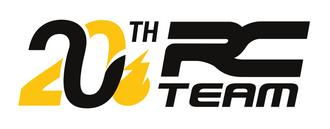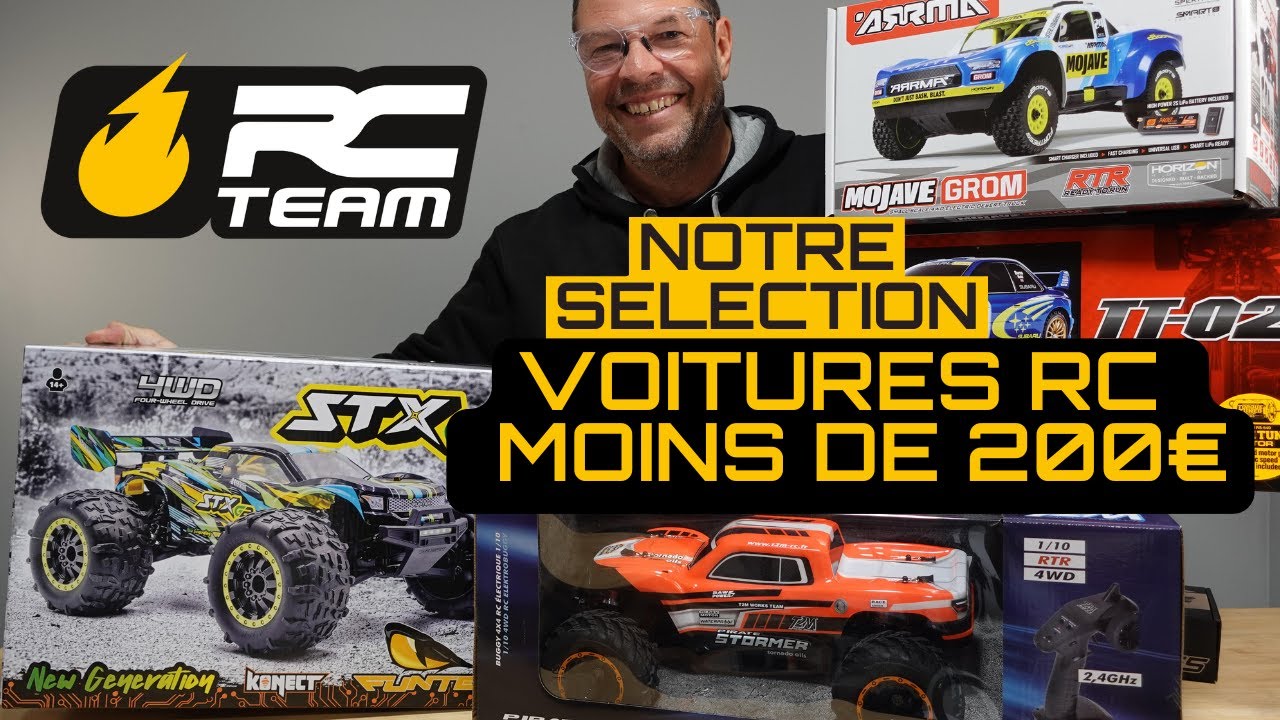Which drone for which use?
Whether it's for the pleasure of flying a flying machine, capturing beautiful aerial shots, or filming your adventures, drones have become one of the most exciting radio-controlled vehicles around today. Many enthusiasts have already taken the plunge and bought their own drone, especially since it is now possible to find a good model at a reasonable price.
Recreational drones can be divided into two main categories: large quadcopters with built-in cameras, which are the choice of amateur filmmakers, and smaller models without cameras, which are much more mobile and therefore more fun to fly. The former are capable of capturing breathtaking images and are often sold with a separate radio control, while the latter are less expensive toy drones that can be flown directly via a smartphone.
The cost of a model with a camera can vary greatly. For beginners, a standard camera will suffice, but video professionals will prefer an HD camera, which is often more expensive but offers exceptional image quality. Among toy drones, there is a separate category: racing drones or RC drones. These are particularly appealing to speed enthusiasts thanks to their high performance.
Before choosing your first drone, it is therefore important to ask yourself what you want to do with it and what your budget is. Those who want to fly a small aircraft in their living room or garden will prefer a drone without a camera, while outdoor enthusiasts who want to capture beautiful images of their adventures will opt for drones with an on-board camera.
Different types of drones
When you go to buy a drone, you will realize that not all of them are ready to fly. There are different acronyms to tell you what the drone contains: RTF, BNF, ARF, and FPV.
RTF drones for "Ready-To-Fly"
RTF quadcopters are ready to fly and do not require any special assembly or configuration. The steps to follow are simple: charger the battery, install the propellers, and synchronize the radio control with the drone. This is the best choice for beginners in model aircraft flying.
BNF or "Bind-And-Fly" drones
BNF quadcopters are usually pre-assembled but sold without a radio control. To fly the drone, you can use a radio control you already own (provided it is compatible) or purchase one separately. Please note that a transmitter and receiver operating on the same frequency does not mean they will be compatible: you must also check that they follow the same manufacturing protocol.
ARF or "Almost-ready-to-fly" drones
ARF quadcopters are sold as kits and require partial assembly. If you see this acronym next to the name, read the description carefully car as they may be sold without motors, etc. This is the ideal choice for experienced pilots who want to customize their drone.
FPV or "First-person view" drones
FPV quadcopters have a camera located at the front that transmits real-time video to the pilot via a smartphone, a screen on the radio control, or FPV goggles. FPV drones therefore offer an immersive flight and a surprisingly realistic piloting experience. For an even more intense experience, we recommend using FPV goggles.

Features to consider
Flight time
The flight time of drones depends on the battery capacity, the weight of the aircraft, the aerodynamics of the structure, your piloting style, and weather conditions. This parameter is often specified by manufacturers and corresponds to the maximum flight time under optimal test conditions. Most models have a flight time of no more than 30 minutes. We recommend that you bring a spare battery, which will double your device's flight time.
Brushless or coreless motor?
The brushless motor is often installed on large quadcopters and offers a long service life, quieter operation, and powerful thrust. The Coreless motor is lighter and smaller, and is often found on mini quadcopters.
Camera resolution
For drones equipped with a camera, it is important to consider the resolution. An HD camera offers magnificent images but is much more expensive. There are also models that offer a special attachment for filming with your own camera.
Headless mode
Designed for beginners, headless mode makes it easier to fly the drone, which will always move forward, backward, left, or right regardless of the orientation of the nose of the aircraft.
Built-in GPS
High-end drone models offer advanced features thanks to built-in GPS, such as RTH or "Return-to-home" (a safety device that automatically returns the drone to its pilot), or Follow me (the drone follows your movements without any action on your part, allowing you to focus on your activities).

Regulations surrounding drones
The subject of much speculation, drones are sometimes in the news for flying over restricted areas, collisions, etc. As a drone pilot, in order to avoid trouble, it is important to be aware of the air safety rules in force and to follow these rules of good conduct:
- Do not fly over people, as the propellers can be dangerous.
- Respect the maximum flight altitude of 150 meters.
- Keep visual contact with your drone and never fly at night.
- Do not fly your drone in cities, near aviation facilities (airports, airfields, etc.) or sensitive or protected sites (military bases, nuclear power plants, etc.).
- Respect other people's privacy by not filming them without their knowledge.
- Ask for the consent of the people who appear in your video before publishing it.
The DGAC (French Civil Aviation Authority) also offers a short video summarizing the basic rules to follow. Ten rules:




